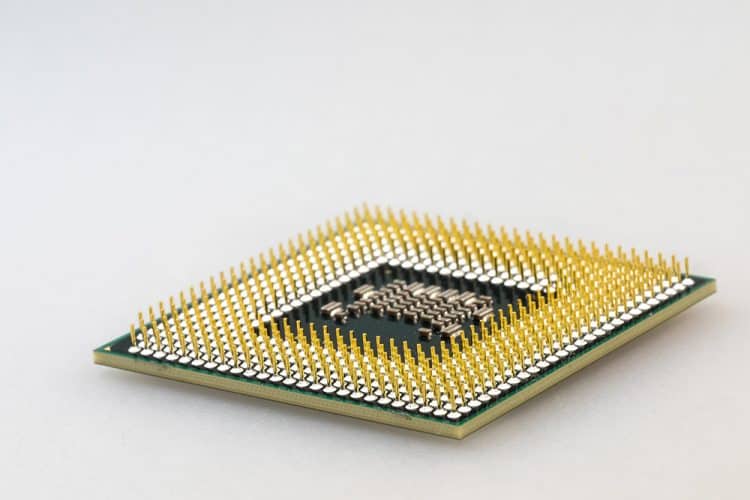Qualcomm Technologies has launched a modem purpose-built for Internet of Things (IoT) applications such as asset trackers, health monitors, security systems, smart city sensors and smart meters.
Compared to its predecessor, the Qualcomm 9205 LTE modem is said to reduce power consumption by up to 70 percent in idle mode, a critical consideration for battery-powered IoT devices that need to operate for 10 years or longer in the field.
It is also 50 percent smaller and more cost-effective, making it ideal for IoT applications requiring low-power, wide-area connectivity in a small form factor device.
“The innovations included in the Qualcomm 9205 LTE modem are critical to support many of the 6 billion IoT devices expected to use low-power, wide-area connectivity by 2026,” said Vieri Vanghi, vice president, product management, Qualcomm Europe, Inc.
“LTE IoT technologies are the foundation of how 5G will help connect the massive IoT, and we are making these technologies available to customers worldwide to help them build innovative solutions that can help transform industries and improve people’s lives,” he added.
The chipset features global multimode LTE category M1 (eMTC) and NB2 (NB-IoT) as well as 2G/E-GPRS connectivity, application processing, geolocation, hardware-based security, support for cloud services and accompanying developer tools.
It has an RF transceiver with extended bandwidth support from 450 MHz to 2100 MHz. and features an integrated global positioning support for Global Navigation Satellite Systems (GNSS) including GPS, Beidou, Glonass, and Galileo.
Qualcomm said the 9205 LTE modem builds on the commercial success of its predecessor which counts more than 110 design-wins to date.
Solutions based on the new modem, including modules from Gemalto, Quectel and Telit, are expected to be commercially available in 2019.
Qualcomm Technologies Inc., a subsidiary of Qualcomm Inc., engages in the research, development, and manufacturing of wireless semiconductor chips.



